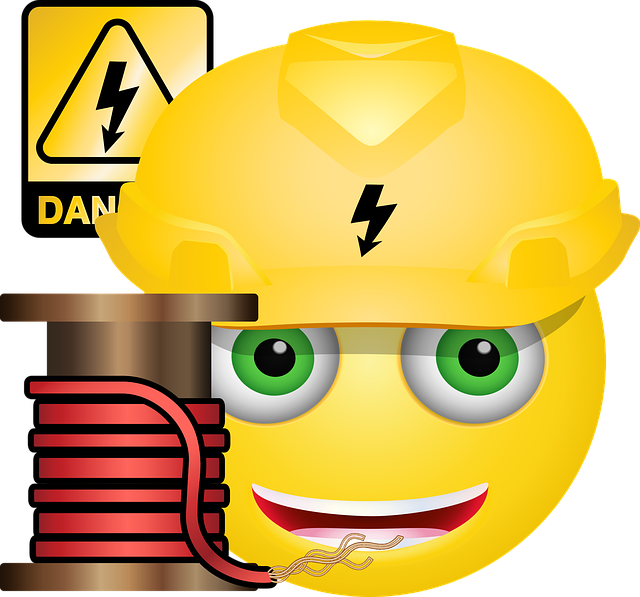Faulty circuits and outlets pose safety risks due to aging wiring, overloaded circuits, or improper installation. Symptoms like flickering lights or burning odors indicate potential issues. A qualified electrician is crucial for diagnostics and repairs using proper tools, prioritizing safety, and following manufacturer guidelines. Homeowners can handle simple issues with DIY methods but should consult an electrician for complex repairs. Regular maintenance by professionals extends the lifespan of electrical systems and prevents costly, hazardous problems.
Need help with faulty circuits or electrical outlets? This comprehensive guide covers everything from understanding common causes and symptoms, to safety precautions, step-by-step repair tutorials, and when to call a professional electrician. Learn about essential tools for the job and discover preventive measures to maintain your electrical system’s longevity. Become your own electrician with these expert tips!
- Understanding Faulty Circuits and Outlets: Common Causes and Symptoms
- Tools and Safety Precautions for Repairs: What You Need to Know
- Step-by-Step Guide: Identifying and Fixing Basic Issues
- When to Call a Professional Electrician for Complex Repairs
- Preventive Measures: Maintaining Your Electrical System for Longevity
Understanding Faulty Circuits and Outlets: Common Causes and Symptoms
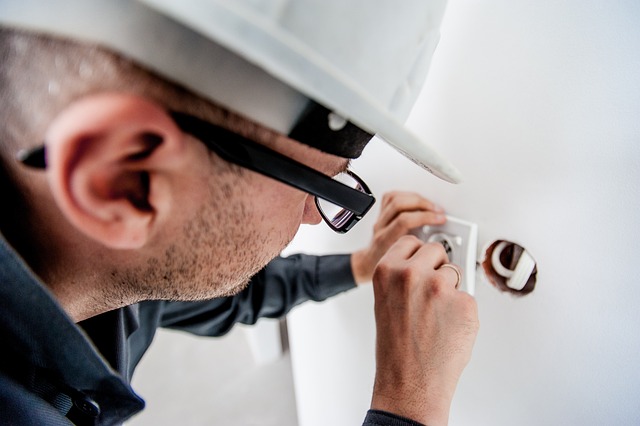
Faulty circuits and electrical outlets can pose significant safety hazards in any home or business. Understanding their common causes and symptoms is crucial before attempting any repairs. Many issues arise from aging wiring, overloading circuits, or faulty installation. Wear and tear over time can lead to insulation damage, exposing live wires and causing short circuits. Moreover, outdated electrical systems may not be equipped to handle modern appliances, resulting in frequent tripped circuit breakers or blown fuses.
Symptoms of faulty circuits include flickering lights, intermittent power outages, burning odors, and warm or hot outlets. If you notice any of these signs, it’s advisable to consult a qualified electrician. They can identify the root cause, whether it’s a simple wire connection issue or a more complex problem like a damaged circuit breaker panel. Prompt attention to such issues is vital to prevent potential electrical fires or other severe consequences.
Tools and Safety Precautions for Repairs: What You Need to Know

When tackling repairs to faulty circuits or electrical outlets, having the right tools is paramount. Basic tools like wire strippers, pliers, and a multimeter are essential for any electrician. The multimeter, in particular, allows you to test voltage, continuity, and resistance, ensuring safe and accurate diagnostics. For more complex issues, consider investing in specialized tools such as an insulated screw driver, wire nuts, and replacement outlets or switches.
Safety should always be your top priority. Before beginning any repair work, turn off the power at the main circuit breaker to prevent accidents. Wear protective gear, including insulated gloves and safety glasses, to shield yourself from potential hazards. Additionally, keep a fire extinguisher nearby as a precaution against electrical fires. Familiarize yourself with proper handling of tools and follow all manufacturer guidelines for replacements or repairs.
Step-by-Step Guide: Identifying and Fixing Basic Issues
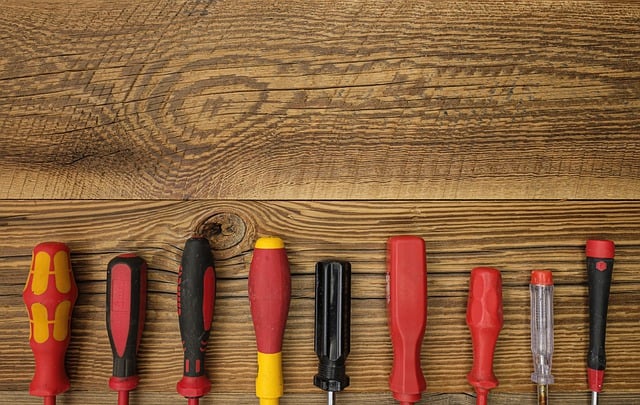
Identifying and fixing basic electrical issues can be a straightforward process for homeowners with some DIY knowledge. Here’s a step-by-step guide to help you get started. First, locate the faulty outlet or circuit breaker panel. Many homes have main panels in basements or closets. Once found, turn off the power to the specific circuit by flipping the corresponding breaker. Next, inspect the outlet for any signs of damage, such as burnt wires or a charred smell. If the outlet is damaged, replace it with a new one rated for your circuit’s voltage. For issues like flickering lights or intermittent power, check for loose connections within the panel. Tighten any frayed or loose wires to restore proper current flow. If you’re unsure about any step, remember that an electrician is always a reliable resource for complex problems.
When to Call a Professional Electrician for Complex Repairs
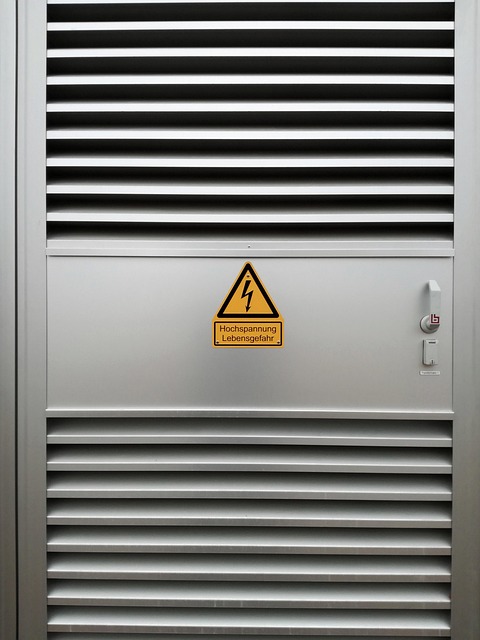
While many minor electrical issues can be resolved by homeowners through DIY methods, there comes a time when complex repairs demand the expertise of a qualified electrician. Not all problems are as straightforward as a flicked switch or a loose connection. Some faults may indicate more serious underlying issues that require professional attention to ensure safety and prevent further damage.
Complex repairs often involve outdated wiring, faulty circuit breakers, or electrical outlets that are no longer functional. If you’re dealing with frequent tripped circuits, glowing outlet indicators, or flickering lights, it’s a sign that the issue could be more intricate than a simple fix. An electrician can assess these situations, identify potential hazards, and offer solutions tailored to your home’s unique electrical needs. Their expertise ensures that repairs are conducted safely and efficiently, leaving you with a reliable and modern electrical system.
Preventive Measures: Maintaining Your Electrical System for Longevity
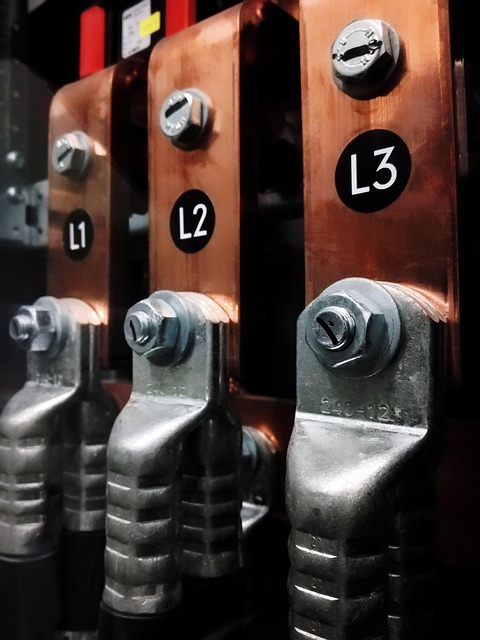
Regular maintenance is key to extending the life of your electrical system and preventing costly repairs. A qualified electrician can perform periodic inspections, ensuring that all components are in good working order. This includes checking for any signs of damage or wear and tear on outlets, switches, and wires, as well as testing the functionality of circuit breakers and fuses. By addressing potential issues early, you can avoid more severe problems down the line.
Additionally, simple at-home practices contribute to a healthy electrical system. Upgrading to energy-efficient appliances reduces strain on circuits, while using surge protectors safeguards your electronics from power fluctuations. Regularly replacing old or damaged outlets and switches is also essential, as these components play a vital role in maintaining a safe and reliable electrical environment.
Whether you’re dealing with faulty circuits or outlets, understanding the issues and knowing when to seek professional help is key. This guide has equipped you with the knowledge to identify basic problems and take preventive measures to ensure your electrical system’s longevity. For complex repairs, remember that an electrician is always a reliable resource for safety and expert solutions. Keep these tips in mind to maintain a well-functioning electrical system and rest easy knowing your home is in good hands.
